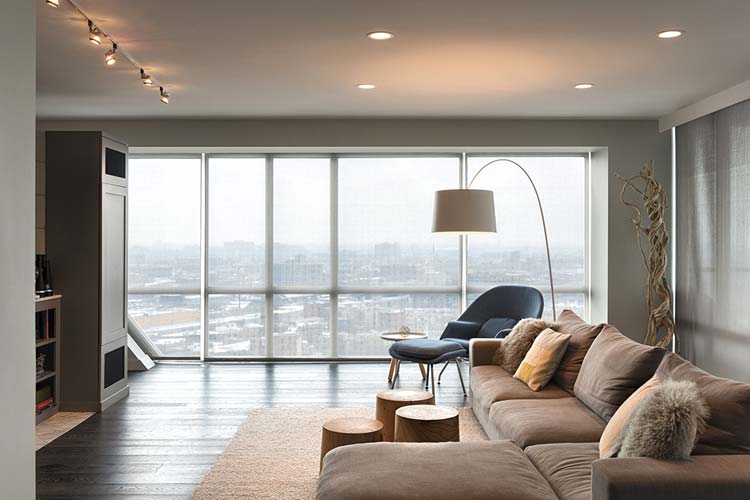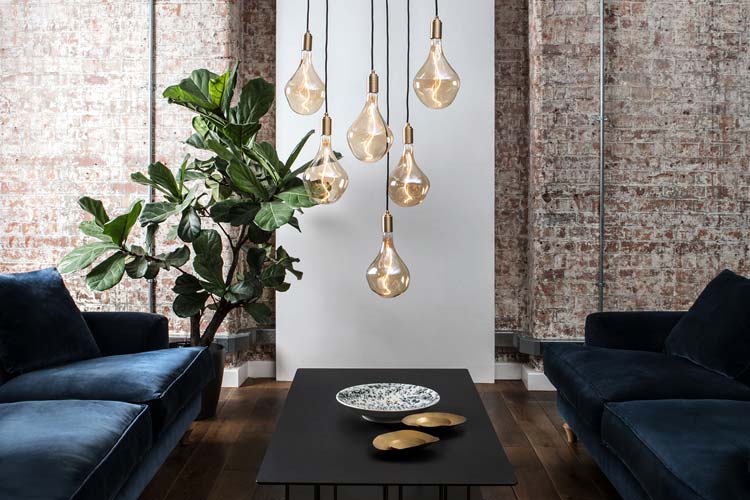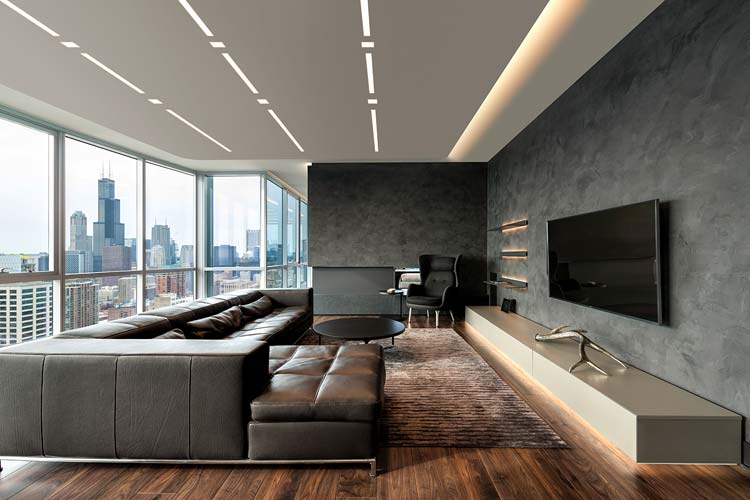- Showroom
- Design Services
- Support Center
- |(866) 954-4489
-
0
Your CartOrder Subtotal0.00
- 0

Most Common Lighting Mistakes
Whether you’re redesigning your home or starting from scratch, it can be easy to steer your project in the wrong direction. Fortunately, our expert lighting consultants are here to help and share the most common lighting missteps they encounter.
One Light for Two Bathroom Sinks

Moises Malave
ALA Lighting Specialist
I frequently see people try to do one long light that spans the length of two sinks. I typically steer people away from this. General rule of thumb: One vanity light per sink. Grooming spaces require a bright, even light that highlights your face for shaving, make-up, washing up, etc. Multiple vanity lights ensure each groomer has proper lighting above their sink. You could also use a four-sided lit mirror - these provide robust lighting in all directions, perfect for bathrooms.

One Light Source Is Plenty

Jackie Bowen
ALA Lighting Specialist
Using a single lighting source to illuminate an entire room isn’t effective – it will create a glaring effect and is often too bright.
Try supplementing the fixture by installing recessed cans and/or track lighting. This will create an extra layer of light and bring more balance to the space.

My Fan Light Is All I Need

Ashley Rutter
ALA Lighting Specialist
I see a lot of people wanting a fan for their bedrooms and thinking that the light on the fan is going to be a sufficient light source for the whole room. Never rely on the light from your fan as a good source of light, typically the most light you will get from a fan is going to be about 100 watts!
In addition to your fan and its light, consider adding recessed cans or table and floor lamps to the space to ensure there is adequate lighting.

All LEDs Are Created Equal

Xavier Yager
ALA Lighting Specialist
It’s a common misconception that all LED fixtures will accept any LED bulb – this is not the case!
There isn’t a "one size fits all" when it comes to LED bulbs and fixtures, each have different dimming capabilities. Manufacturers test the bulb and/or fixture to ensure dimming compatibility. It’s best to contact an ALA consultant as they have access to this information or you can contact the manufacturer of the fixture/ bulb to determine what is compatible when it comes to dimming solutions.

Recessed Lighting Is Interchangeable

Erin Carney
ALA Lighting Specialist
One of the most common mistakes I encounter is confusion as to how to order and specify recessed lighting. Customers are rarely aware that a complete unit is comprised of both housing and trim OR that all housing and trims aren’t interchangeable. When they have a project that has existing recessed fixtures and they want to change the trim, for example, they will look on the site and find one that they like without actually knowing the manufacturer or item number of the housing they have. They pick it because it’s pretty, the right size or the perfect finish when in actuality, it’s not even the same brand as what they have already.
I always suggest that they confer with an electrician to determine what they have existing and then I can assist them with the correct options for what they need.

One Size Fits All

Alyssa Barton
ALA Lighting Specialist
The most common mistake that I see is purchasing fixtures that are too small for the space.
The bigger the better. Lighting can be an investment but if you don’t get it right the first time you end up spending more in the long run by replacing the fixture. Oversized lighting is definitely are currently on trend. When you choose small light fixtures, it ends up making the space look like it was an afterthought. This is your time to let your jewelry take the spotlight!

Lighting as an after-thought

Jeff Wonsetler
ALA Lighting Specialist
In new construction, so many times people leave the lighting design for the very last, but it really needs to be considered as early as possible in the process. And quite often, the lighting plan provided by the architect is really just for permitting purposes so no real thought has been given to it besides providing for the basics. It can be difficult and costly to move junction boxes after the wiring is done and the drywall is up, so planning early is key.











